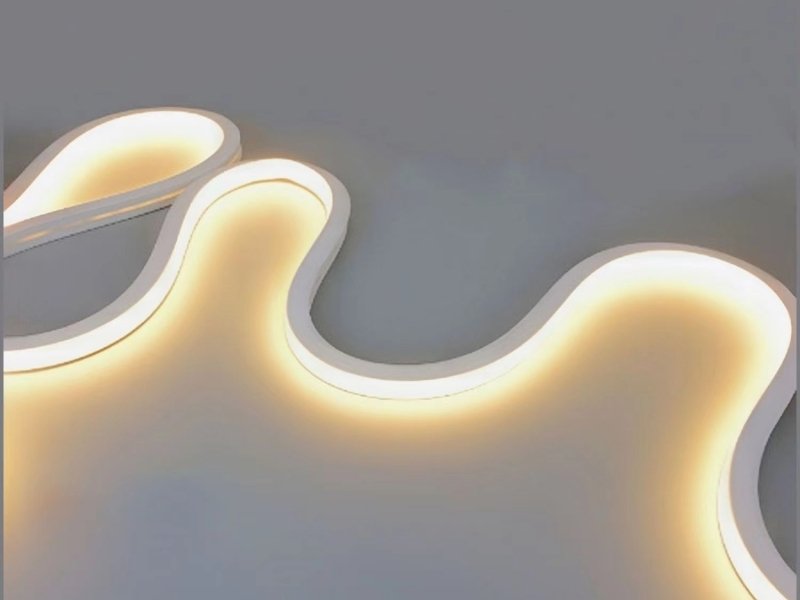As an interior designer, the selection of lighting plays a crucial role in creating the desired ambiance, especially during the chilly winter months. In this article, we’ll explore the considerations for choosing an LED strip channel lighting system suitable for cold winter use, addressing issues such as waterproofing and essential installation details.
1. Understanding the Winter Environment
In cold climates, winter not only brings lower temperatures but also increased humidity and potential exposure to moisture. When selecting an LED channel lighting system for such environments, it’s essential to consider these factors to ensure optimal performance and longevity.
2. The Importance of Waterproofing
One of the key considerations for silicone flexibel LED strip channel lighting in winter is waterproofing. Since winter often brings rain, snow, or higher humidity levels, it’s crucial to choose a system that offers sufficient protection against moisture. Opt for LED profile channels with a high Ingress Protection (IP) rating, ensuring they are resistant to both water and dust. This feature is particularly important for outdoor installations or areas prone to splashes, such as bathrooms and kitchens.

3. Optimal Color Rendering for Winter Ambiance
Winter months are characterized by longer nights and shorter days, emphasizing the significance of lighting in creating a warm and inviting atmosphere. When selecting aluminum LED channels, pay attention to the Color Rendering Index (CRI). Higher CRI values ensure that the light accurately represents the colors of objects, creating a cozy and aesthetically pleasing environment. Warm white or neutral tones are often preferred for winter interiors to enhance the feeling of warmth.
4. Energy Efficiency and Sustainability
Considering the longer nights in winter, energy efficiency becomes paramount. Choose LED channel diffusers that are not only energy-efficient but also environmentally friendly. LED tape light channel systems generally consume less energy than traditional lighting sources, contributing to sustainability and cost savings.
5. Installation Considerations in Cold Weather
The installation process is a critical aspect that can significantly impact the performance of LED tape channel lighting during winter. Here are some detailed considerations:
5.1. Sealing and Insulation: Ensure proper sealing and insulation around the LED lighting channel to prevent drafts and heat loss. This is essential for maintaining a comfortable indoor temperature during the cold season.
5.2. Secure Mounting: Opt for secure and robust mounting options, especially in areas prone to temperature fluctuations. This prevents the LED channels from loosening or becoming misaligned over time.
5.3. Thermal Management: Aluminum track for led strip lighting generate some heat during operation. Adequate thermal management is crucial to prevent overheating, which can affect both the performance and lifespan of the LEDs. Choose channels with built-in heat sinks or ensure proper ventilation during installation.
5.4. Professional Installation: Consider engaging a professional electrician for the installation, particularly in challenging environments. Their expertise ensures that the LED channel system is correctly installed, minimizing the risk of issues during colder months.
6. Smart Lighting Controls
Incorporating smart lighting controls adds an extra layer of convenience and efficiency to your winter lighting. Timers, sensors, and dimming options allow you to customize the lighting based on your preferences, creating a dynamic and adaptable environment.
Conclusion
Selecting LED channel lighting for winter use involves a thoughtful consideration of factors ranging from temperature resilience and waterproofing to color temperature and dimming capabilities. By prioritizing these aspects during the decision-making process, you can ensure that your chosen LED channels not only enhance the aesthetics of interiors but also provide reliable and inviting illumination throughout the cold winter months.












Leave A Comment